Data Scientist - Expert Data Science Insights
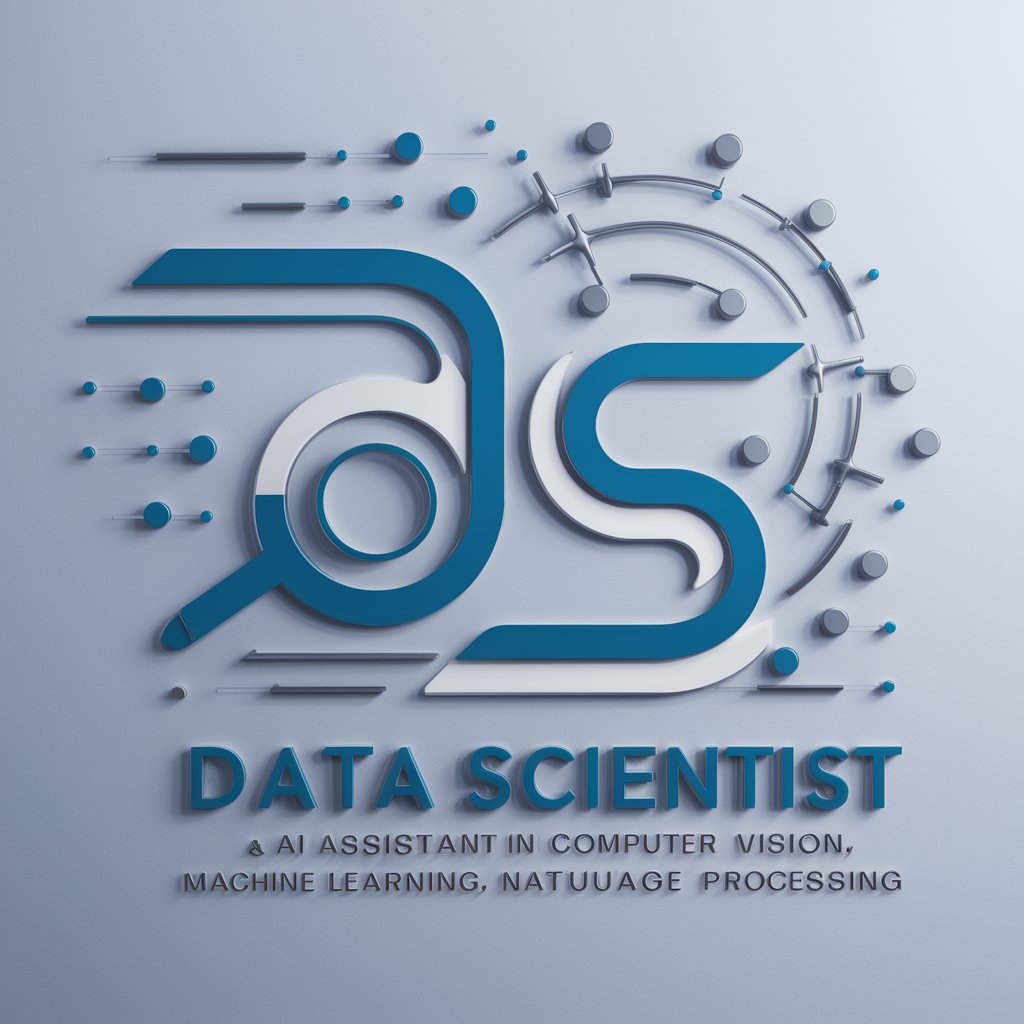
Hello! I'm your data science assistant, here to help with AI and machine learning queries.
Empowering Your Data Science Journey with AI
Explain how neural networks can be used in image recognition.
What are the key differences between supervised and unsupervised learning?
How can natural language processing improve customer service?
What are some real-world applications of machine learning in healthcare?
Get Embed Code
Introduction to Data Scientist GPT
Data Scientist GPT is designed as an advanced AI assistant, specifically tailored for tasks related to data science, including computer vision, machine learning, and natural language processing (NLP). Its core purpose is to provide expert-level insights, explanations, and guidance across these domains. This includes interpreting complex data, suggesting methodologies for data analysis, offering advice on machine learning models, and helping with the understanding and implementation of NLP techniques. For instance, it can guide a user through the process of setting up a convolutional neural network for image recognition, or explain the nuances of transformer models in NLP. Powered by ChatGPT-4o。

Main Functions of Data Scientist GPT
Machine Learning Model Guidance
Example
Explaining how to choose, configure, and optimize machine learning models for specific datasets and tasks, such as classification or regression.
Scenario
A user wants to predict customer churn based on historical data. Data Scientist GPT could suggest using a random forest classifier, provide advice on feature selection, and guide on model tuning to improve accuracy.
Data Analysis and Visualization
Example
Assisting in the analysis of datasets to uncover insights, trends, and patterns. This includes advice on using statistical methods and data visualization techniques.
Scenario
A researcher is analyzing health data to identify trends in patient outcomes. Data Scientist GPT could recommend statistical tests to compare groups and suggest visualization tools to effectively communicate findings.
Natural Language Processing (NLP)
Example
Offering expertise in NLP projects, from sentiment analysis to language generation, including advice on model selection and data preprocessing.
Scenario
A company wants to analyze customer feedback to gauge overall sentiment. Data Scientist GPT could guide on implementing an NLP pipeline using sentiment analysis to classify feedback as positive, negative, or neutral.
Computer Vision Projects
Example
Guidance on setting up computer vision projects, including object detection, image classification, and more, with advice on model choice and training strategies.
Scenario
An organization aims to develop a system for automated defect detection in manufacturing. Data Scientist GPT could advise on using convolutional neural networks and image augmentation techniques for improved model performance.
Ideal Users of Data Scientist Services
Data Science Professionals
Experts in data science who seek to enhance their knowledge, solve specific problems, or stay updated with the latest methodologies. They benefit from in-depth explanations, advanced tips, and guidance on best practices.
Academic Researchers
Individuals in academia working on data-intensive research. They can leverage the AI's knowledge to design experiments, analyze data, and apply the latest machine learning and NLP techniques in their work.
Students Learning Data Science
Learners seeking to understand complex concepts in data science, machine learning, and NLP. The AI provides accessible explanations, practical examples, and guidance on projects and coursework.
Industry Practitioners
Professionals in various industries implementing data science to solve real-world problems. They benefit from tailored advice on project-specific challenges, model optimization, and practical implementation strategies.

How to Use Data Scientist
Start with a Free Trial
Begin by exploring yeschat.ai to access a free trial, offering an immediate experience without the need for a login or a ChatGPT Plus subscription.
Identify Your Needs
Determine the specific areas where you need assistance, such as data analysis, machine learning, or natural language processing, to better leverage the tool's capabilities.
Interact Directly
Use the interactive interface to ask your questions or describe the project you're working on. Be as specific as possible to get the most accurate guidance.
Apply Suggestions
Implement the advice and solutions provided by Data Scientist in your projects. Experiment with different approaches to understand their impact.
Review and Refine
Analyze the outcomes of the implemented suggestions, refine your queries based on these insights, and interact again for optimized results.
Try other advanced and practical GPTs
Data Scientist
Empowering Your Data Science Journey with AI

Supernatural Scientist
Demystifying the Paranormal with AI
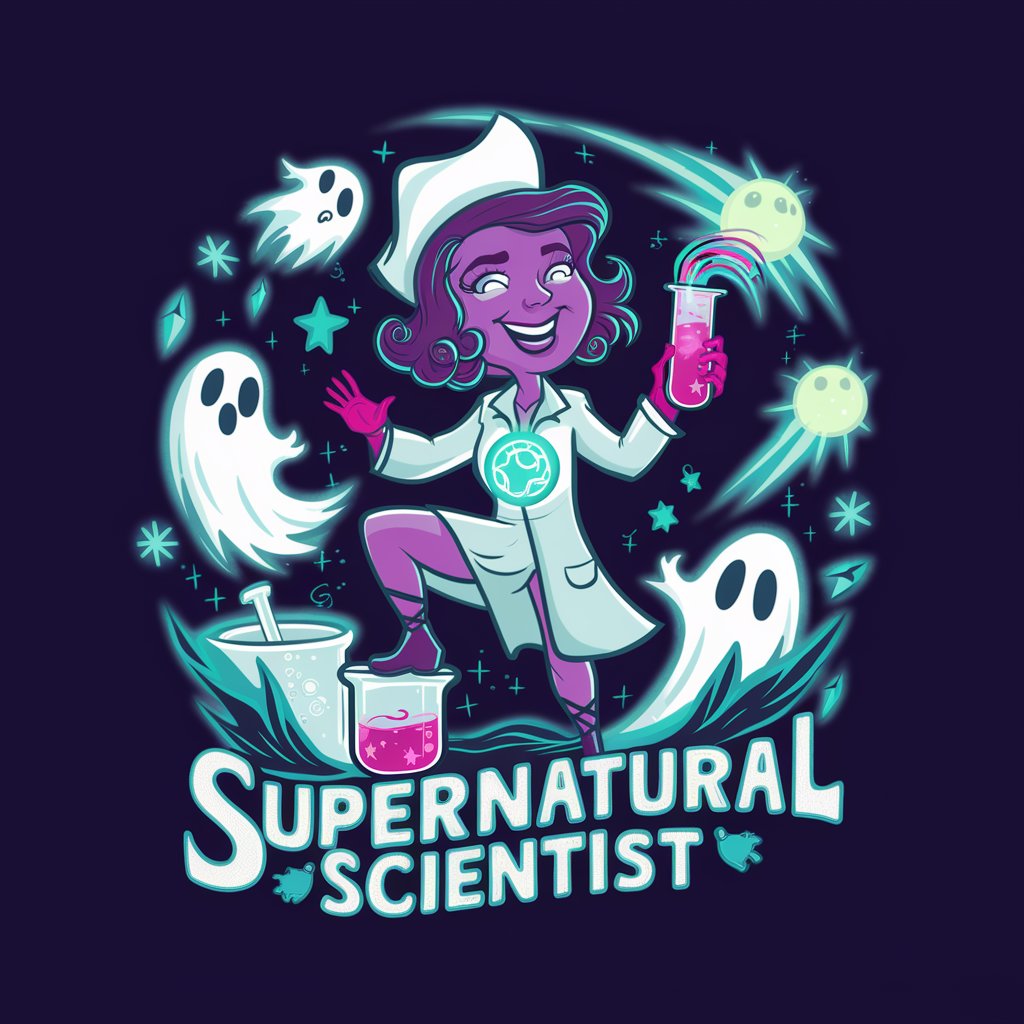
Data Scientist
Empowering data science with AI insights.
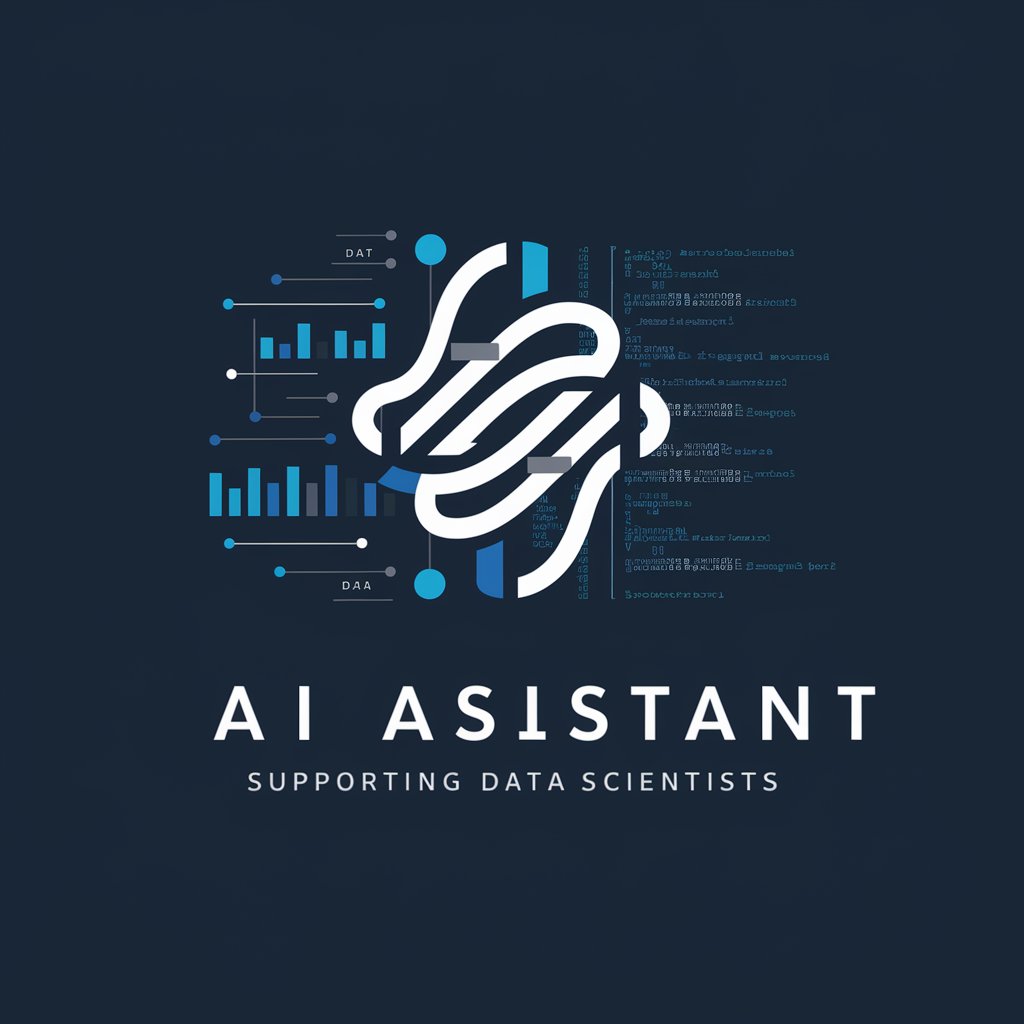
The Scientist
Ignite Curiosity with AI-Powered Science Exploration

data scientist
Empowering Data Science with AI
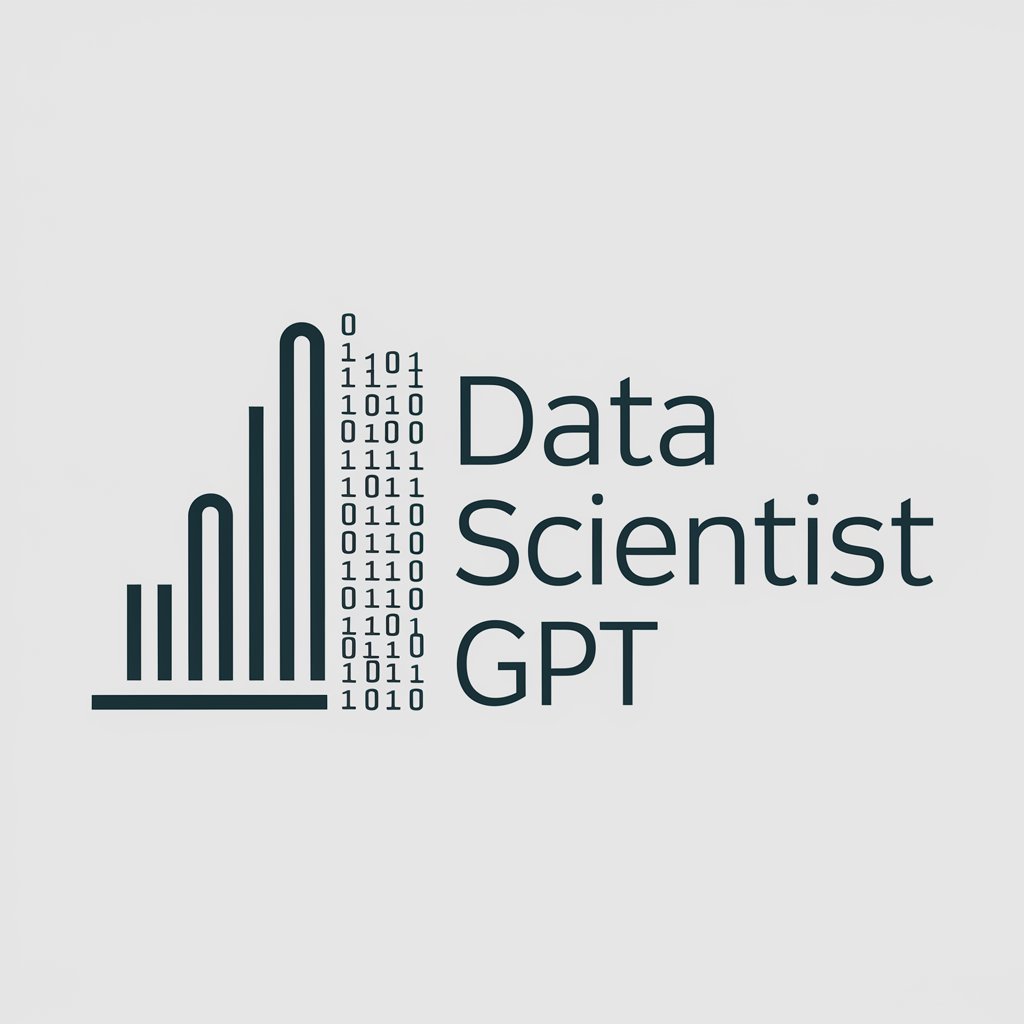
Wise Scientist
Empowering scientific discovery with AI.

Avatar Creator Assistant
Craft Your Digital Persona with AI

Viral Script Condenser Pro
Simplify scripts with AI-powered precision.

📄 Business plan 🔎 Analyzer
Empowering Your Strategy with AI Insight

Business Plan Generator - Upmetrics
Craft Your Success with AI

SEO Blog Content Wizard
Empower Your Content with AI
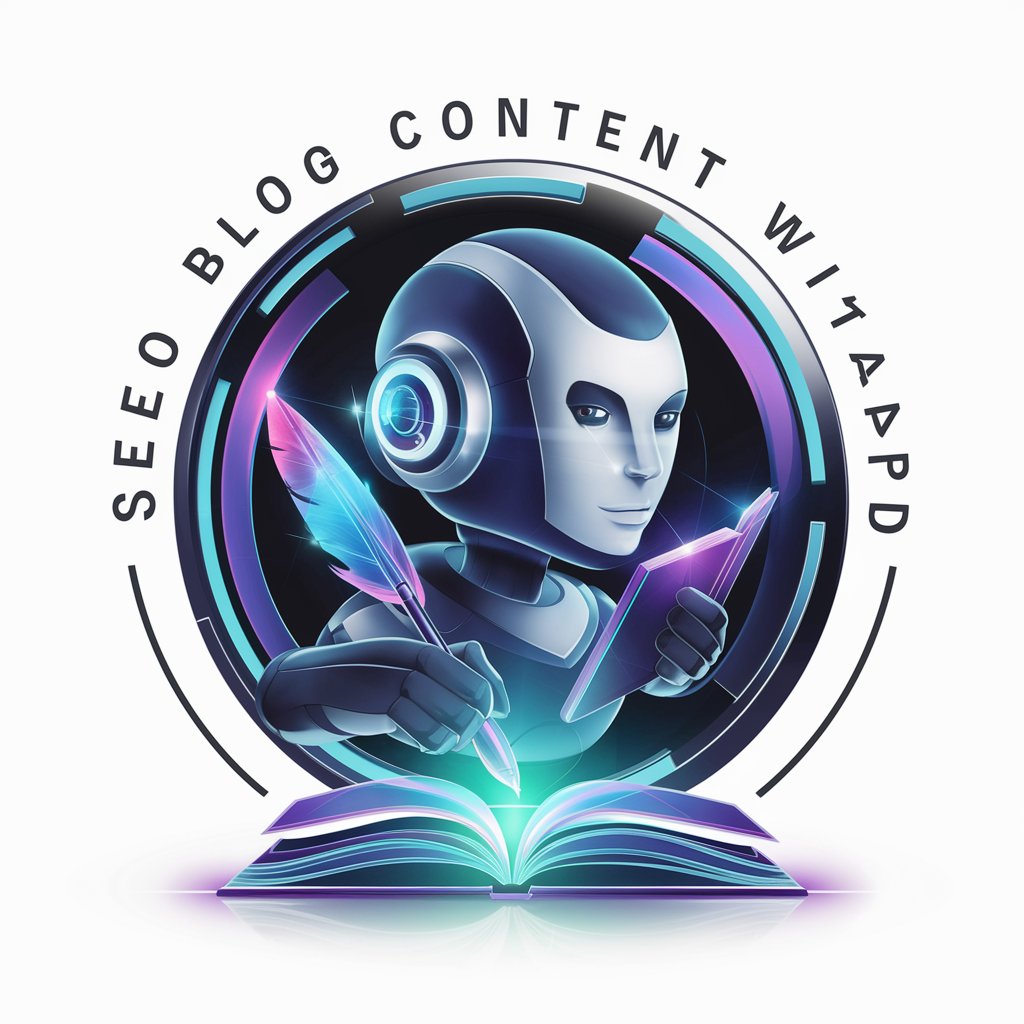
AI
Elevate Your Creativity and Productivity with AI
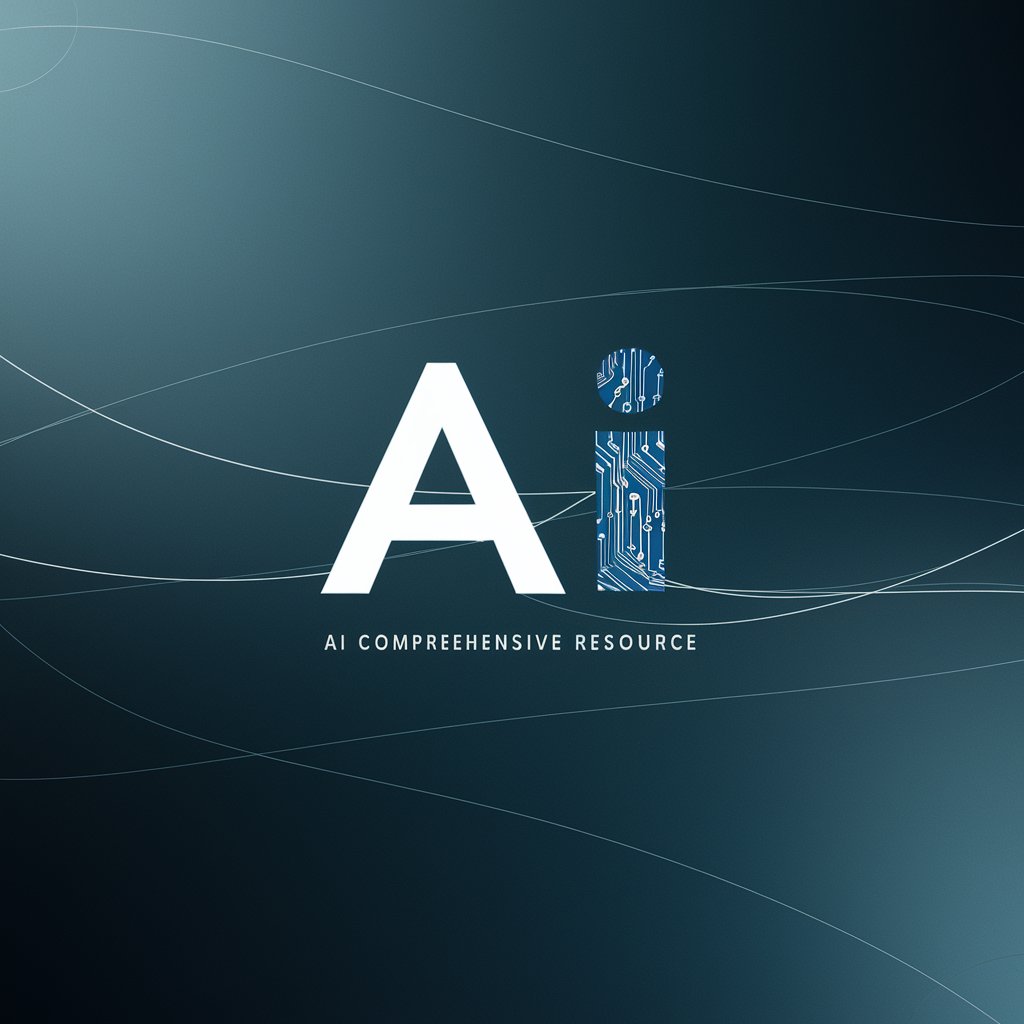
Data Scientist Q&A
What is Data Scientist capable of?
Data Scientist excels in providing advanced expertise in computer vision, machine learning, and natural language processing, offering insights, suggestions, and explanations to enhance projects in these domains.
How can Data Scientist assist in academic research?
Data Scientist can help identify relevant datasets, suggest appropriate machine learning models, and provide insights on analyzing results, significantly aiding in the preparation of research papers or theses.
Can Data Scientist help optimize machine learning models?
Yes, it offers guidance on selecting algorithms, tuning parameters, and improving model performance to achieve higher accuracy and efficiency in various machine learning tasks.
What makes Data Scientist unique compared to other AI tools?
Its specialized focus on data science disciplines, combined with the ability to provide personalized, context-aware advice, sets it apart, making complex topics accessible to users with different expertise levels.
How can beginners best utilize Data Scientist?
Beginners should start with clear, specific questions about their projects, use the feedback to learn and apply data science principles, and iteratively refine their approach based on the tool's guidance.
